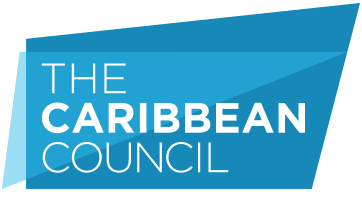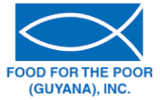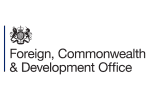An uneasy calm has largely been restored to the streets of Cuba’s cities following an unprecedented nationwide wave of public protests on 11/12 July. Responding to the protests in Havana and other cities involving many thousands, significant numbers of whom were young, Government brought the police, and large numbers of uniformed and plain-clothed security personnel out onto the streets.
The Cuban state news agency ACN reported that one person died, and a number were injured including members of the security forces in clashes in the economically disadvantaged municipality of Arroyo Naranjo, in greater Havana. In addition, large numbers of protesters were arrested across Cuba and held for investigation. US based Human rights NGO, CUBALEX, have documented 500 people who have been detained – with only 75 known to have been released at time of publication. A separate independent group supported by Stanford University known as “Proyecto Inventario” has compiled and published an ongoing inventory of the protests that have been reported on social media, illustrating the wide geographic spread of the protests and providing photographic evidence of each.

In subsequent domestic state-media coverage, Government confirmed “disturbances” occurred in a concentrated manner on Sunday 11 July, had a lower incidence the following day, and that few events had occurred on 13/14 July.
Triggered by growing concerns about food shortages, severe power outages, and deteriorating ability of Cuba’s health care system to cope with rising infection rates of COVID-19, the largely spontaneous protests morphed rapidly in many locations into calls for ‘freedom’, ‘enough’, criticism of the Cuban system, and the singing of the anthem ‘Patria y Vida’ (Homeland and Life), the riposte written and performed by Cuban exiles in South Florida to the revolutionary slogan used by Fidel Castro, ‘Patria o Muerte’. (Homeland or Death).
Videos and images appearing on social media show initially peaceful, albeit illegal, protests being confronted by police and, plain-clothed security personnel who were attempting to stop the protests and detain leading figures. In some municipalities and the capital, this led to a deterioration into violence and chaos; of rock throwing, shots being fired by police officers, and protestor damage to stores and vehicles.
According to the Spanish publication ABC, Cuba’s Vice Minister of the Interior, Brigadier General Jesús Manuel Burón, has resigned after questioning decision-making within the ministry and the Security Council, as well as ‘the excessive use of police force’ used during demonstrations on 11 July. Quoting unnamed Cuban sources, ABC suggested differences had arisen over the response required between older and younger military figures. In a move widely-criticised internationally, ABC’s Cuba correspondent Camila Acosta was arrested on Monday.
In an effort to restore control and order, public access to the internet was largely shut down until 14 July. According to Netblocks, a London-based internet monitoring company, Facebook, WhatsApp, Instagram, and Telegram, were made inaccessible. In addition, misinformation appeared internationally in which pictures of demonstrations relating to other events elsewhere in the world were said to be in Cuba.
Speaking on 14 July on the Cuban flagship television and radio programme Mesa Redonda, Cuba’s President recognised the need to listen. “We have to gain experience from the disturbances,” he said. “We also have to carry out a critical analysis of our problems in order to act and overcome and avoid their repetition”. He called for “peace, harmony among Cubans and respect”, adding: “Also perhaps it will be necessary to apologise to some who, in the midst of the confusion that arises in events like this, may have been confused, has been mistreated.”
He concluded saying that “there is peace in our cities, we continue to function. The Government is working, we continue in working sessions; and reoriented to revive our forms of social participation, promoting work with young people, to listen to them as the important people they are, and seeing how we enhance the attention to the communities”. He also noted: “We are vaccinating, listening to proposals, strengthening ourselves from the inside, we continue to draw lessons.”
The Caribbean Council is able to provide further detail about all of the stories in Cuba Briefing. If you would like a more detailed insight into any of the content of today’s issue, please get in touch.





